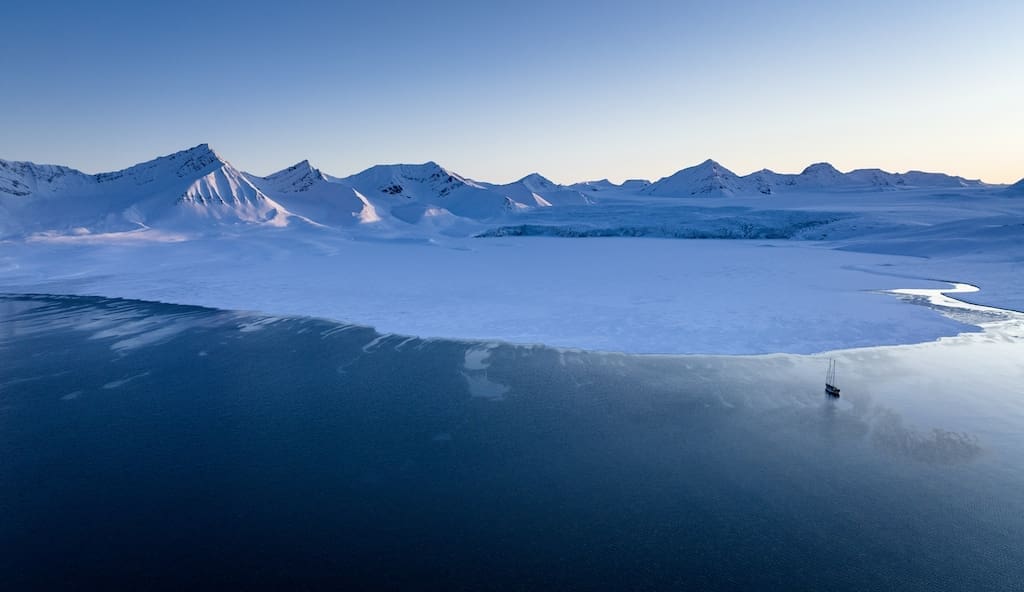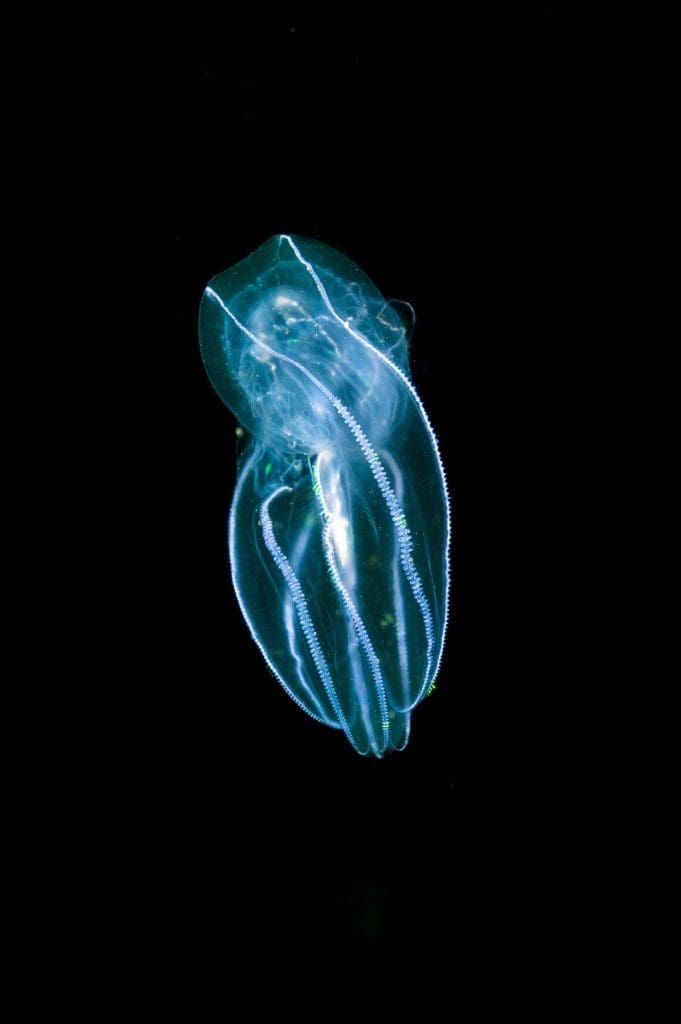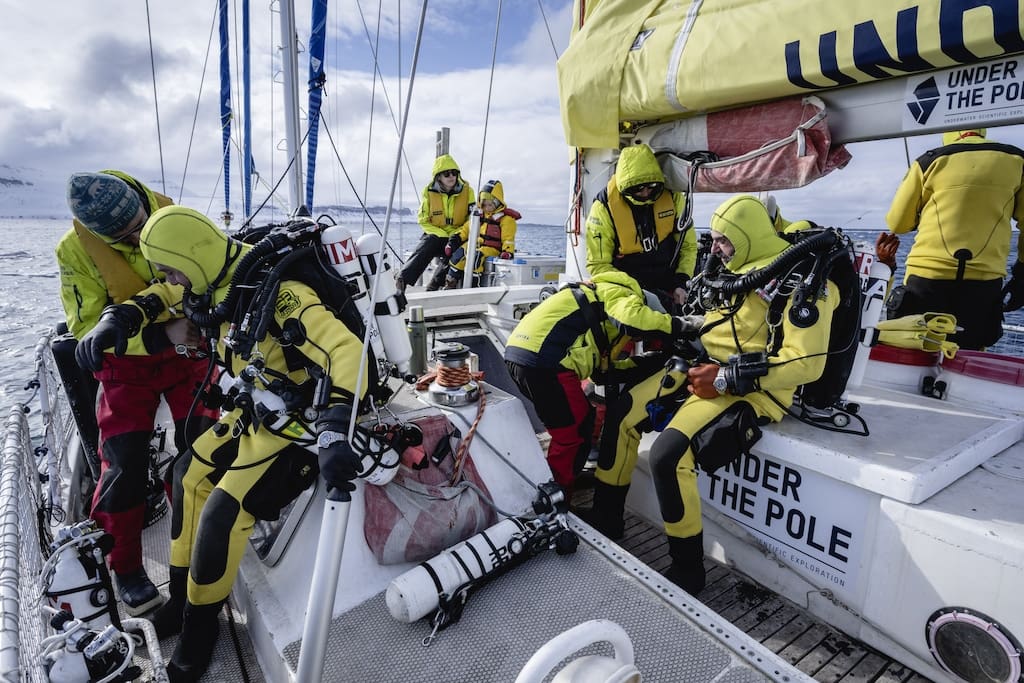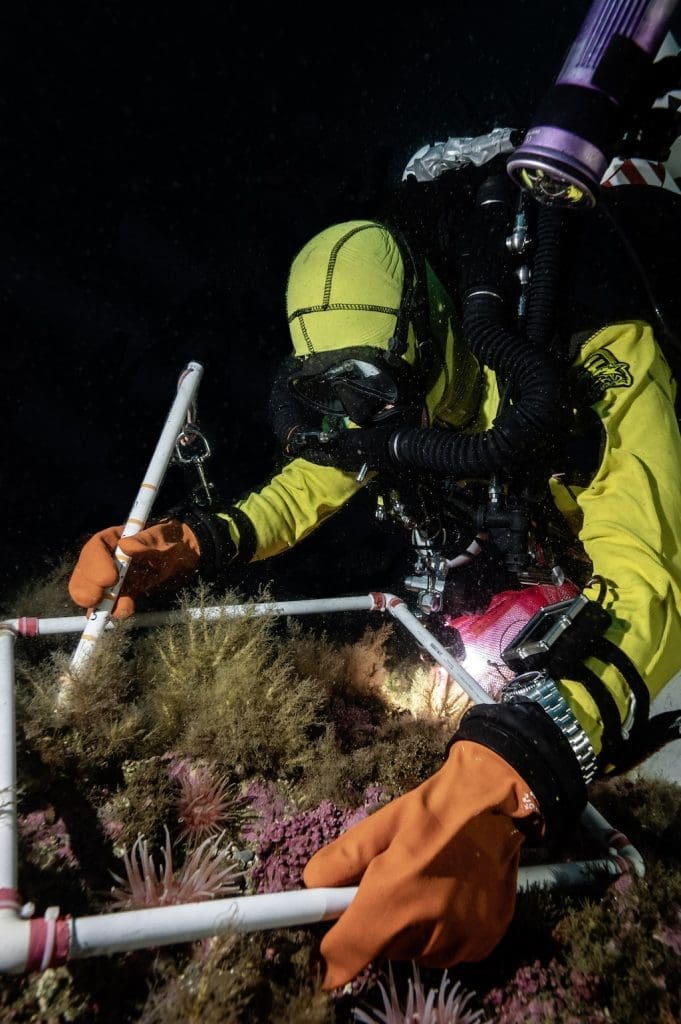Life Under The Arctic
The Rolex Perpetual Planet Initiative, through its partnership with Under The Pole expeditions, has made a groundbreaking discovery of a marine animal forest in the Arctic. Under The Pole’s expert divers, co-founders Ghislain Bardout and Emmanuelle Périé-Bardout, led their team into the icy waters of the Arctic Ocean and discovered an important ecosystem in the mesophotic zone, between 30 and 200 metres down. This area is dimly lit, and therefore, organisms such as algae that depend on sunlight cannot survive. Instead, the ecosystem is dominated by animals such as corals, gorgonians, and sponges that anchor themselves to rocks. These deep-water forests are more stable than open water and have the potential to form important refuges for underwater life. However, they are rarely included in marine protected areas, and unlike their land-based counterparts, many submarine forests remain undiscovered and misunderstood. Under The Pole aims to change this by documenting marine animal forests across the planet’s oceans, helping to further our understanding of these deep-sea worlds and how to protect them.

The Arctic’s biodiversity is among the most threatened on Earth and is warming faster than anywhere else, with the floating sea ice that covers much of the Arctic Ocean halving over the last 40 years. The first expedition of the Under The Pole IV Deeplife series set out to find and survey marine animal forests in the Arctic, to help raise awareness of these fragile ecosystems and find clues on how to protect them. The team repeatedly drew a blank on their first series of dives, but on the final dive, they found the first marine animal forest in the Arctic, made up of hydroids: animals related to jellyfish and corals that resemble bells, flowers, and ferns.
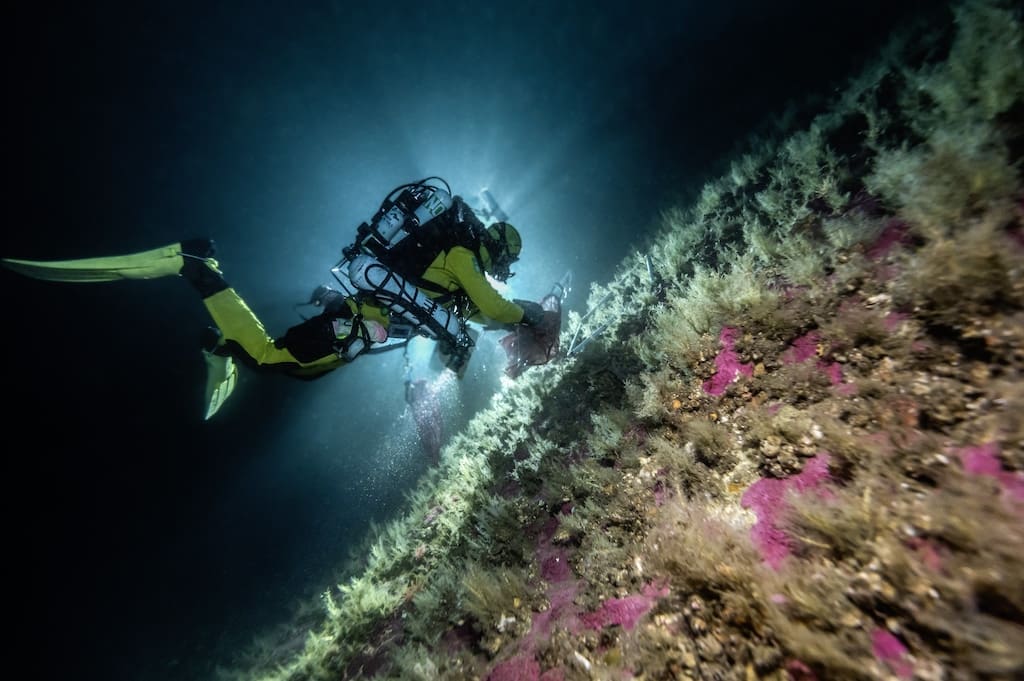
This discovery represents an important advance in Arctic marine science, where biodiversity at this depth has long been a mystery. The divers deployed their research program, recording the species inhabiting the forest and environmental data such as temperature. This knowledge is shared with an international consortium of scientists to help define the significance of this rare Arctic habitat as a biodiversity hotspot and campaign for its protection.
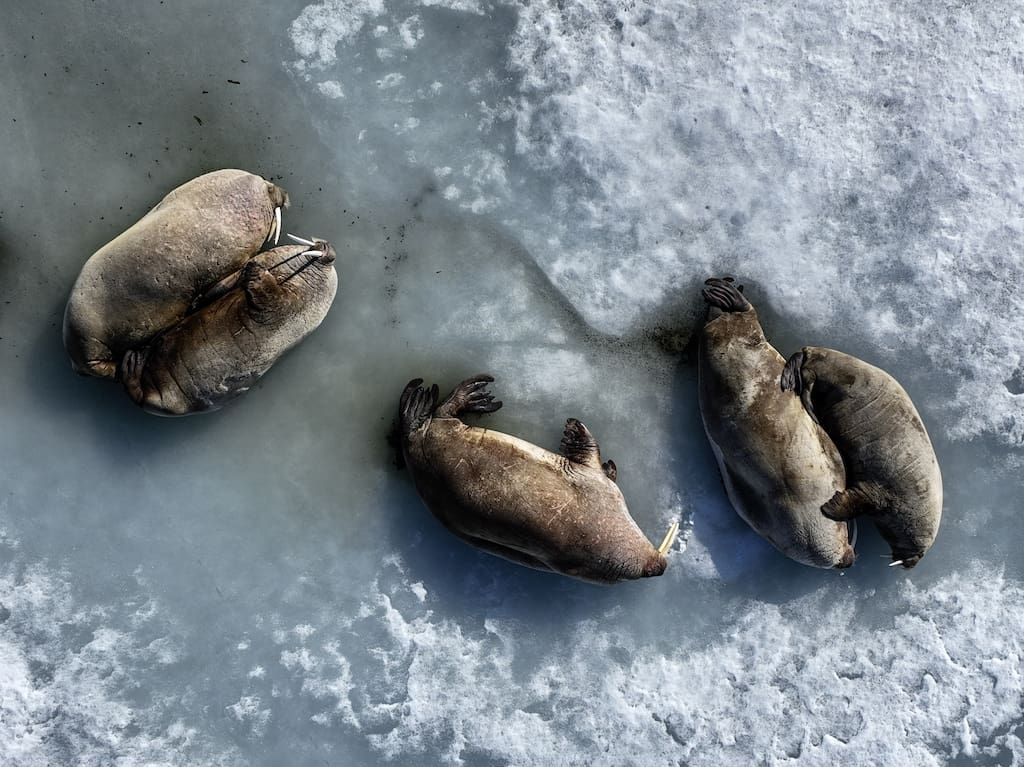
The team studied maps at the outset, looking for the places most likely to have rich underwater life, with strong currents carrying nutrients and sustaining the marine animal forests. To access these sites, they sailed amidst floating sea ice, in temperatures that regularly dropped to -30°C. To locate the forest, team members repeatedly dived into the Arctic Ocean at sites never explored before, beyond the 30 metres typical of recreational dives, using specialist rebreather equipment, which recycles the unused oxygen they exhaled and extends their air supply.
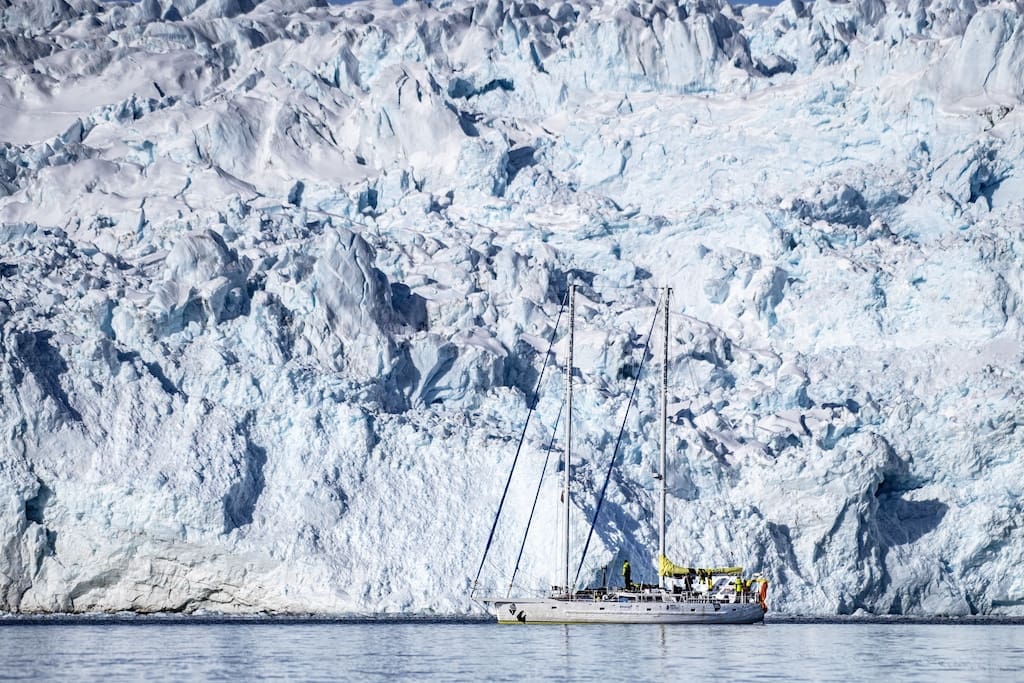
The Under The Pole expedition has made a remarkable discovery that will enable scientists to better understand the ecosystems that exist in the deep sea and their fragility.
